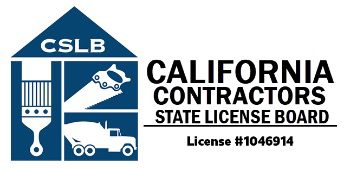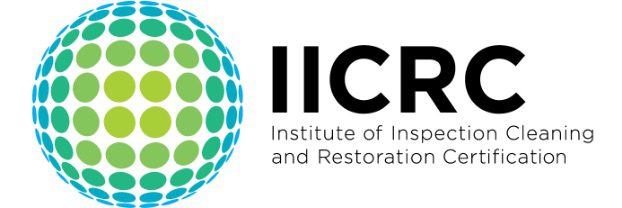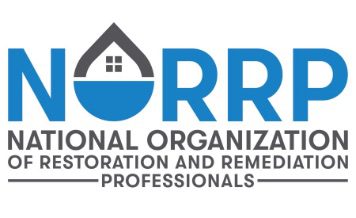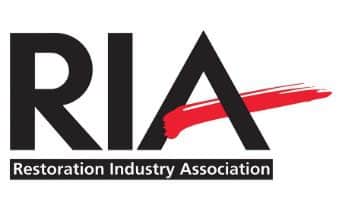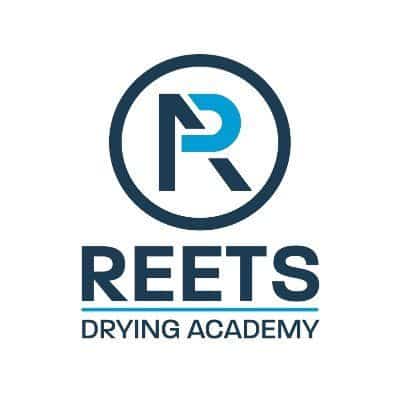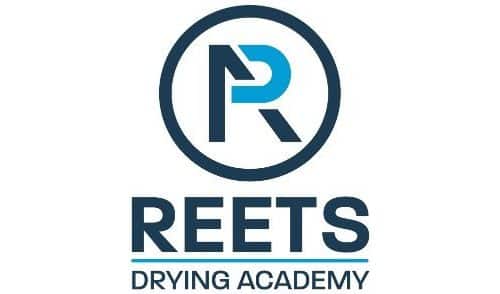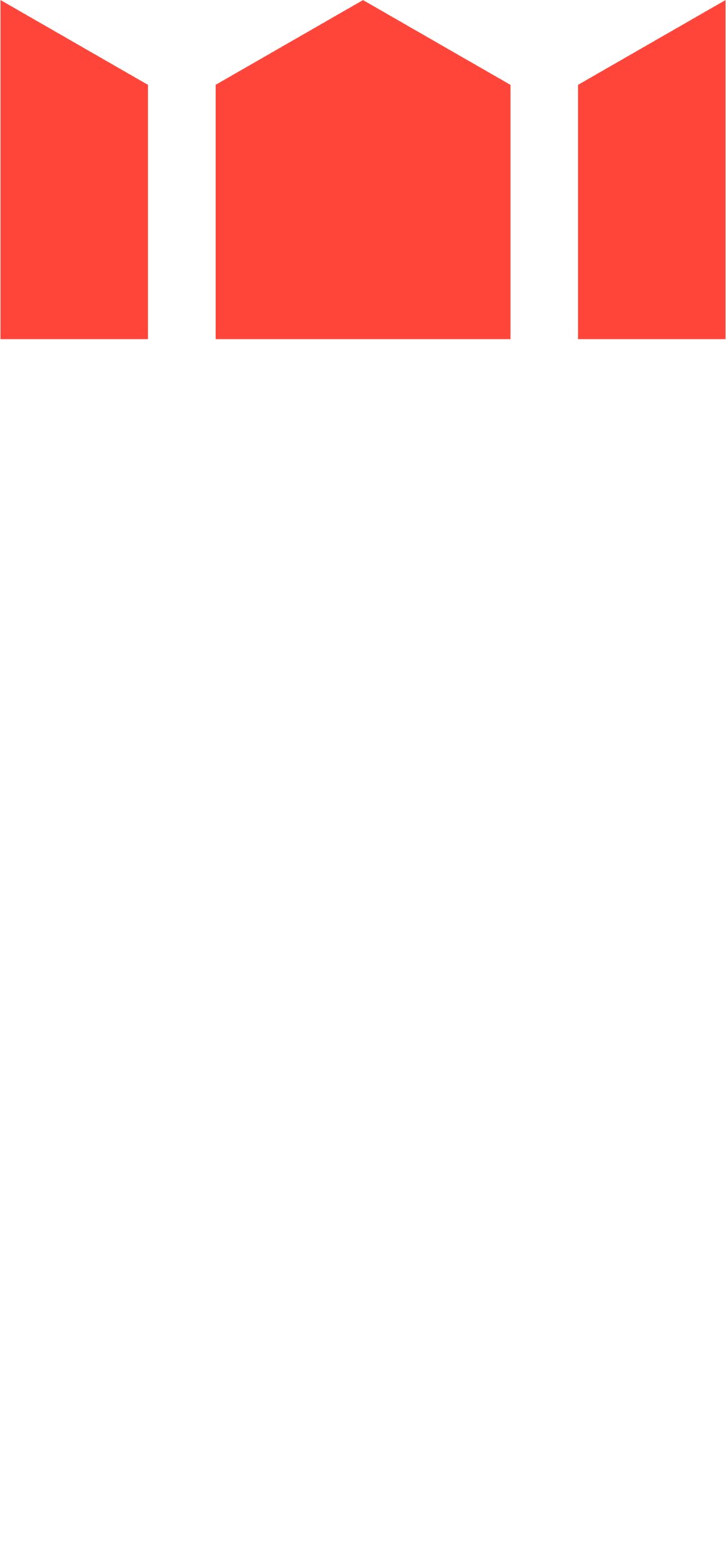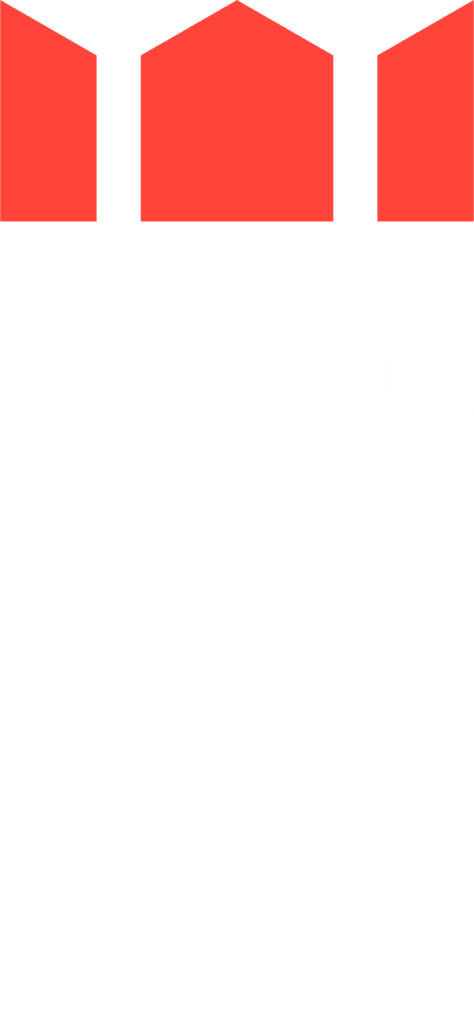Types of Fire Damage
There are over a quarter of a million house fires yearly in the U.S. alone. If you are unfortunate enough to have a house fire on your property, there are some things to consider before the fire restoration process begins. You will need to assess damages and inventory items lost or in need of repair or renovation. For insurance purposes, you will need to know what type of damage your structure, property and belongings have sustained in the fire.
So, what is fire damage? Fire damage is the actual physical destruction of property as a result of burning. This can be caused by flames, smoke or third party damage. It is important that your Dry King restoration experts know what type of damage has been done so that they can restore your structure correctly.
Flame Damage
Flame damage is from the fire and flames burning or damaging a structure or property.
Smoke Damage
Smoke damage is where the odors of the smoke have damaged property such as walls, insulation furniture and carpets. Smoke damage and smell can linger after a fire and needs an expert to clean, remove or replace items.
Third Party Damage
There are a few other ways property can be damaged during or after a fire that are not flame or smoke damage - AKA third party damage. It can occur when fires are being extinguished with water (creating water damage), foam or chemicals to suppress the fire. Third party damage can also include heat from a fire that creates cracks or holes that would make a structure less sound, and susceptible to weather damage.
What Is the Most Damaging Type of Fire?
All fires are damaging and take their toll on families and businesses. There are quite a few types of fires, and their categories are based on what the fire used for fuel. Whether it affects your home or business, you will need to know what classification of fire to help you, the insurance company and your experts at Dry King to help sort out damages and decide on restoration techniques. Here are the five main classes of fires:
Class A
These are regular or ordinary fires that burn solid materials such as paper, fabric and wood. Although these are called ordinary fires, they are not classified as low risk, as they can spread quickly with large amounts of fuel.
Class B
These fires use liquid or petroleum-based products as fuel (paint, gas, propane, etc.). Many of these fires cannot be extinguished with water, but rather smothered with foam or suppressed with other types of equipment. Be aware that Class B fires do not include grease or cooking fires.
Class C
These fires are caused by electrical failure in appliances, old building wiring or power tool malfunctions. Most Class C fires are in facilities that use large amounts of electrical equipment, as well as construction sites where appliances or tools can spark and ignite flammable materials.
Class D
These fires are considered metallic fires. They are caused from the burning of elements such as magnesium, potassium, aluminum and titanium. Metallic fires, while less common than other types of fires, can be extremely destructive and toxic and cannot be extinguished with water. Class D fires are usually only found in places like laboratories where these elements can be found.
Class K
These fires are specific to the restaurant industry, where fires are ignited and fueled by cooking oils or grease. Class K fires can be some of the most dangerous types of fires, and similar to Class D fires cannot be extinguished with water, but need to be smothered.
Call the Fire Damage Experts at Dry Kings Today
When a catastrophic event happens to your home or business due to fire, you will need the leading authorities in fire restoration to help you get your structure back in working order as soon as possible. If you have questions about types of fire damage, and creating a plan for restoration, call the experts at Dry King today at 415-877-9611. We are here to help you every step of the way!
Contact
More News
Newsletter
Sign up and receive valuable tips to help you protect your residential building or commercial property from damages.
Awards
